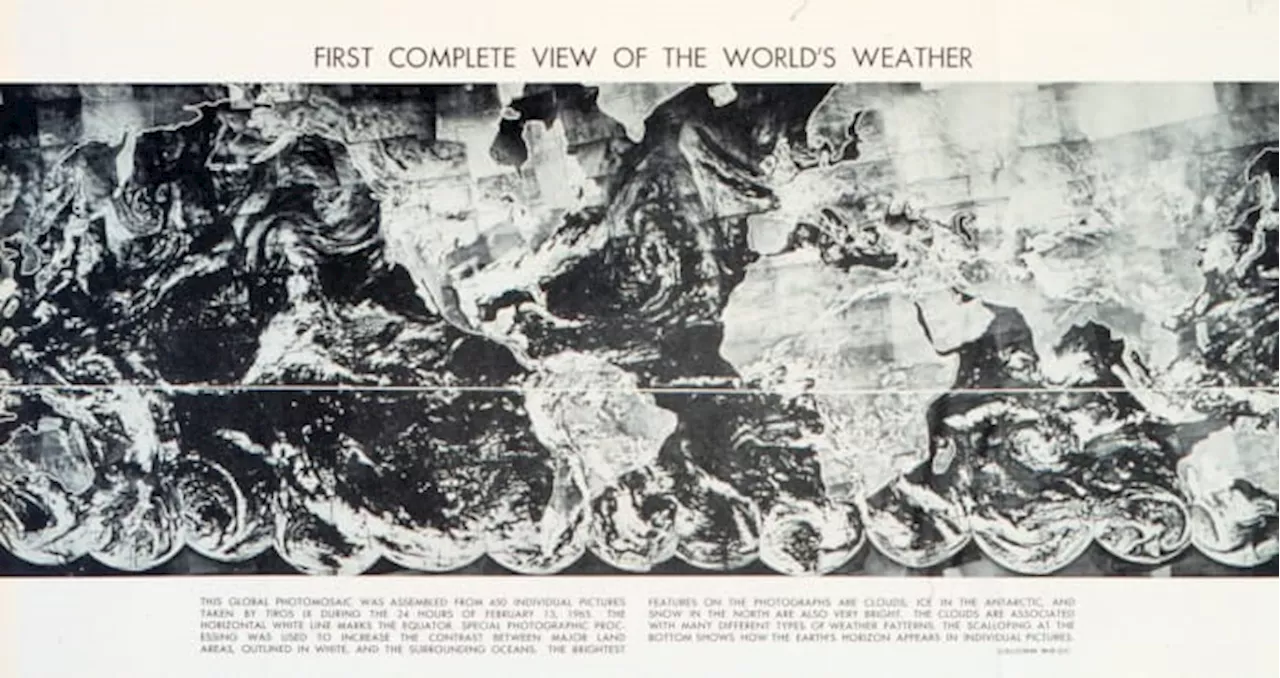The Best in Science News and Amazing Breakthroughs
There, in rocks on the Gale Crater, Curiosity has found a surprising amount of manganese oxide – a mineral that is commonly found in lakes on Earth due to the highly oxidating conditions therein, which causes manganese crystals to form in the presence of oxygen.
"On Earth, these types of deposits happen all the time because of the high oxygen in our atmosphere produced by photosynthetic life, and from microbes that help catalyze those manganese oxidation reactions," Manganese oxide is common and abundant here on Earth, and intricately involved in biological processes to boot. It is an essential mineral for several human biological processes, but pretty muchThere isn't a lot of oxygen floating around on Mars now, and we've certainly found no evidence of living bacteria, so exactly how the manganese came to be hanging around there in sedimentary rocks on shoreline deposits in quantities comparable to an Earth-like environment isn't clear.
Where that oxygen came from is another question that remains unanswered, although it's possible that meteorite impacts early in Mars's history could have released oxygen from surface ice deposits.
United Kingdom Latest News, United Kingdom Headlines
Similar News:You can also read news stories similar to this one that we have collected from other news sources.
 Why on Earth do we celebrate Earth Day?Earth day is coming up on Monday but do you know what Earth Day actually is. Or why we celebrate?
Why on Earth do we celebrate Earth Day?Earth day is coming up on Monday but do you know what Earth Day actually is. Or why we celebrate?
Read more »
 Celebrating Earth Day: The first satellite images of the earth were taken 64 years agoTIROS 1 was the first weather satellite, launched in 1960
Celebrating Earth Day: The first satellite images of the earth were taken 64 years agoTIROS 1 was the first weather satellite, launched in 1960
Read more »
 'Tiger stripes' on Saturn's moon Enceladus could reveal if its oceans are habitableRobert Lea is a science journalist in the U.K. whose articles have been published in Physics World, New Scientist, Astronomy Magazine, All About Space, Newsweek and ZME Science. He also writes about science communication for Elsevier and the European Journal of Physics. Rob holds a bachelor of science degree in physics and astronomy from the U.K.
'Tiger stripes' on Saturn's moon Enceladus could reveal if its oceans are habitableRobert Lea is a science journalist in the U.K. whose articles have been published in Physics World, New Scientist, Astronomy Magazine, All About Space, Newsweek and ZME Science. He also writes about science communication for Elsevier and the European Journal of Physics. Rob holds a bachelor of science degree in physics and astronomy from the U.K.
Read more »
 Scientists Find 'Exciting' Rare Exoplanet in Habitable Zone of Twin Stars'This planet is remarkable in many aspects,' astrophysicist Nora Eisner said. 'It's remarkable in its orbit, it's remarkable for being in the habitable zone.'
Scientists Find 'Exciting' Rare Exoplanet in Habitable Zone of Twin Stars'This planet is remarkable in many aspects,' astrophysicist Nora Eisner said. 'It's remarkable in its orbit, it's remarkable for being in the habitable zone.'
Read more »
 NASA Scientist Discusses Future Space Telescope Project to Search for Habitable WorldsJulie Crooke, a scientist with 34 years of experience at NASA, is excited about the future space telescope project called Habitable Worlds Observation. This project aims to answer the question of whether we are alone in the universe and is expected to begin in the mid-2040s.
NASA Scientist Discusses Future Space Telescope Project to Search for Habitable WorldsJulie Crooke, a scientist with 34 years of experience at NASA, is excited about the future space telescope project called Habitable Worlds Observation. This project aims to answer the question of whether we are alone in the universe and is expected to begin in the mid-2040s.
Read more »
 Indie adventure Open Roads thrives on curiosityOpen Roads is an indie adventure game from Annapurna Interactive for the Xbox, PS5, Switch, and Steam, which stars Keri Russell and Kaitlyn Dever.
Indie adventure Open Roads thrives on curiosityOpen Roads is an indie adventure game from Annapurna Interactive for the Xbox, PS5, Switch, and Steam, which stars Keri Russell and Kaitlyn Dever.
Read more »
